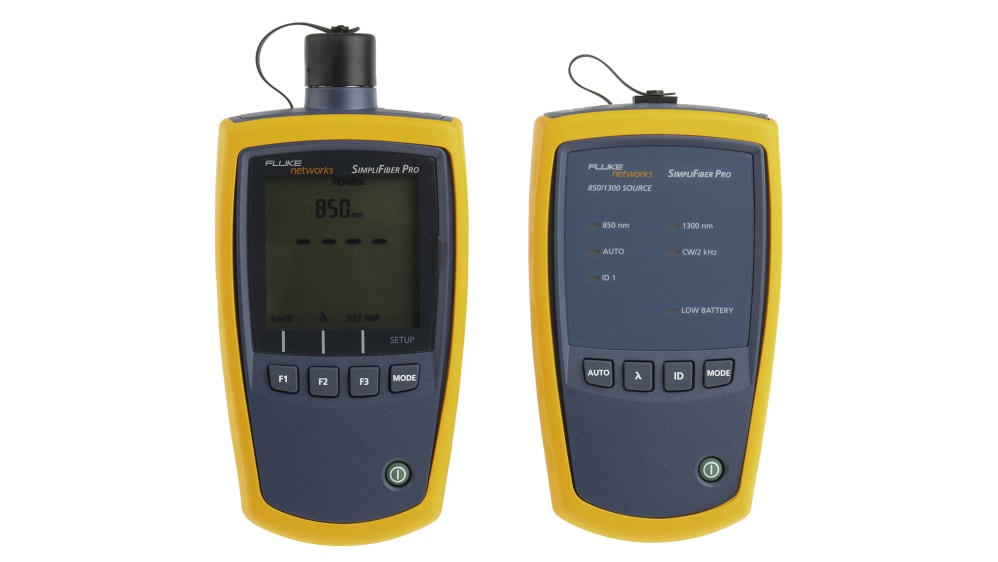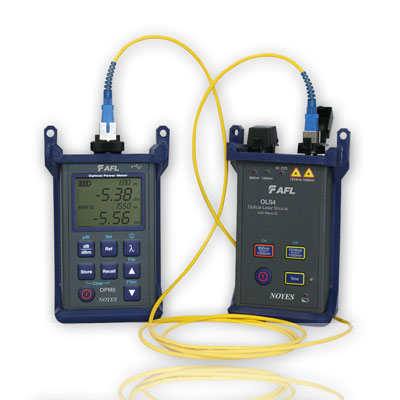High-performance fibre testing equipment ensures reliable material quality assessment.
High-performance fibre testing equipment ensures reliable material quality assessment.
Blog Article
The Duty of Optical Fibre Screening in Ensuring Top Quality and Efficiency in Connectivity Solutions
In today's swiftly progressing electronic landscape, the relevance of optical fiber testing can not be overemphasized, as it serves as a keystone for making certain the top quality and performance of connectivity remedies. As innovation continues to breakthrough, the future of optical fibre testing poses interesting challenges and chances that merit closer evaluation.
Relevance of Optical Fiber Testing
The importance of optical fiber screening can not be overemphasized in guaranteeing the stability and efficiency of interaction networks. As the foundation of modern telecommunications, optical fibers assist in high-speed data transmission, making their reliability critical to functional success. Evaluating works as an aggressive action to recognize potential issues such as signal loss, attenuation, and physical damage, which can jeopardize network efficiency.
Normal screening enables the confirmation of installment high quality and the detection of defects that could affect data stability - optical fibre diameter analyser. By employing extensive testing procedures, network operators can minimize the dangers related to network failures, consisting of downtime and economic losses. Furthermore, optical fibre screening makes certain conformity with sector criteria and laws, boosting the overall high quality of service given to end-users.
Eventually, the organized analysis of optical fibres contributes to the long life and performance of communication systems. It allows stakeholders to make informed choices regarding maintenance, upgrades, and troubleshooting. In a landscape where information is progressively crucial, focusing on optical fiber testing is important to sustaining durable and reliable connection services, thus sustaining the demands of contemporary digital environments.
Types of Optical Fibre Examinations
Numerous screening methods are utilized to ensure the capability and dependability of optical fibers within interaction networks. These tests can be broadly categorized right into two major kinds: setup tests and upkeep examinations.
Installation tests are conducted quickly after the setup of optical fiber cables to verify their performance and honesty - fibre testing equipment. The most typical installation tests include Optical Time-Domain Reflectometry (OTDR) examinations, which assess the top quality of the fiber by recognizing faults or breaks, and end-to-end loss examinations, which gauge the total optical loss from one end of the fibre to the various other
Upkeep tests, on the other hand, are done occasionally to make certain recurring performance and discover prospective concerns over time. These consist of aesthetic assessment, which checks for physical problems or inappropriate installations, and continuity examinations, which confirm that the signal can travel through the fibre without disturbance.
In addition, progressed examinations such as Polarization Setting Dispersion (PMD) and Chromatic Diffusion (CD) tests can be carried out to assess the fiber's performance under different problems. By utilizing these varied screening approaches, service technicians can maintain high requirements of top quality and reliability in optical fibre networks.
Advantages of Routine Examining
Routine screening of optical fibres plays a vital duty in keeping the general efficiency and reliability of interaction networks. By conducting routine assessments, companies can make certain that their fiber optic setups meet sector criteria and run effectively. This proactive technique assists to identify prospective weak points and deterioration over time, enabling timely treatments before issues rise.

Cost-effectiveness is another benefit. imp source By resolving minor issues early, organizations can stay clear of the high prices connected Check This Out with major fixings or system failings. Regular testing additionally cultivates conformity with governing needs, making certain that the network abides by necessary security and performance standards.
Usual Problems Determined
Determining common issues in optical fibre networks is crucial for maintaining optimum performance and dependability. Different aspects can add to interruptions, including physical damage, inadequate installment techniques, and ecological influences.
Physical damage, such as bends, breaks, or abrasions, can dramatically degrade signal top quality. Improper installment methods, including too much stress or poor protecting of wires, might cause enhanced depletion and loss of connection. Additionally, environmental factors such as temperature level changes, wetness access, and rodent disturbance can compromise the stability of the fiber.
Port issues additionally regularly arise, with improper placement or contamination causing boosted insertion loss. Additionally, splicing mistakes can present significant signal degradation otherwise implemented with precision.

Dealing with these common issues with routine optical fibre testing not only improves network integrity however also optimizes general performance, making certain that connectivity solutions stay durable and reliable.
Future Patterns in Examining
As the demand for high-speed connection remains to rise, the future of optical fiber screening will significantly concentrate on automation and advanced analytics. The assimilation of expert system (AI) and equipment understanding (ML) in testing processes will make it possible for much more effective data evaluation and predictive maintenance, lowering downtime and enhancing overall network reliability. Automated testing solutions will certainly enhance the inspection and certification of fiber networks, minimizing human error and boosting screening throughput.
One more significant trend is the fostering of remote screening technologies. As the implementation of fibre networks increases into remote and underserved locations, remote testing capabilities will certainly enable get redirected here technicians to check and diagnose network conditions without physical visibility, thereby minimizing functional costs and boosting action times.
Additionally, there will certainly be a shift in the direction of more comprehensive screening criteria that encompass not only traditional loss measurements yet additionally efficiency metrics such as latency and bandwidth application. This holistic technique will certainly help with better network administration and optimization techniques.
As these fads progress, the optical fiber testing landscape will not only enhance the high quality and efficiency of connectivity options however additionally sustain the expanding complexities of modern communication networks.
Final Thought
In final thought, optical fiber testing serves as a fundamental element in preserving the integrity and effectiveness of communication networks. The ongoing dedication to regular screening not only improves data transmission yet likewise straightens with industry requirements, promoting reliability in network infrastructures.
Report this page